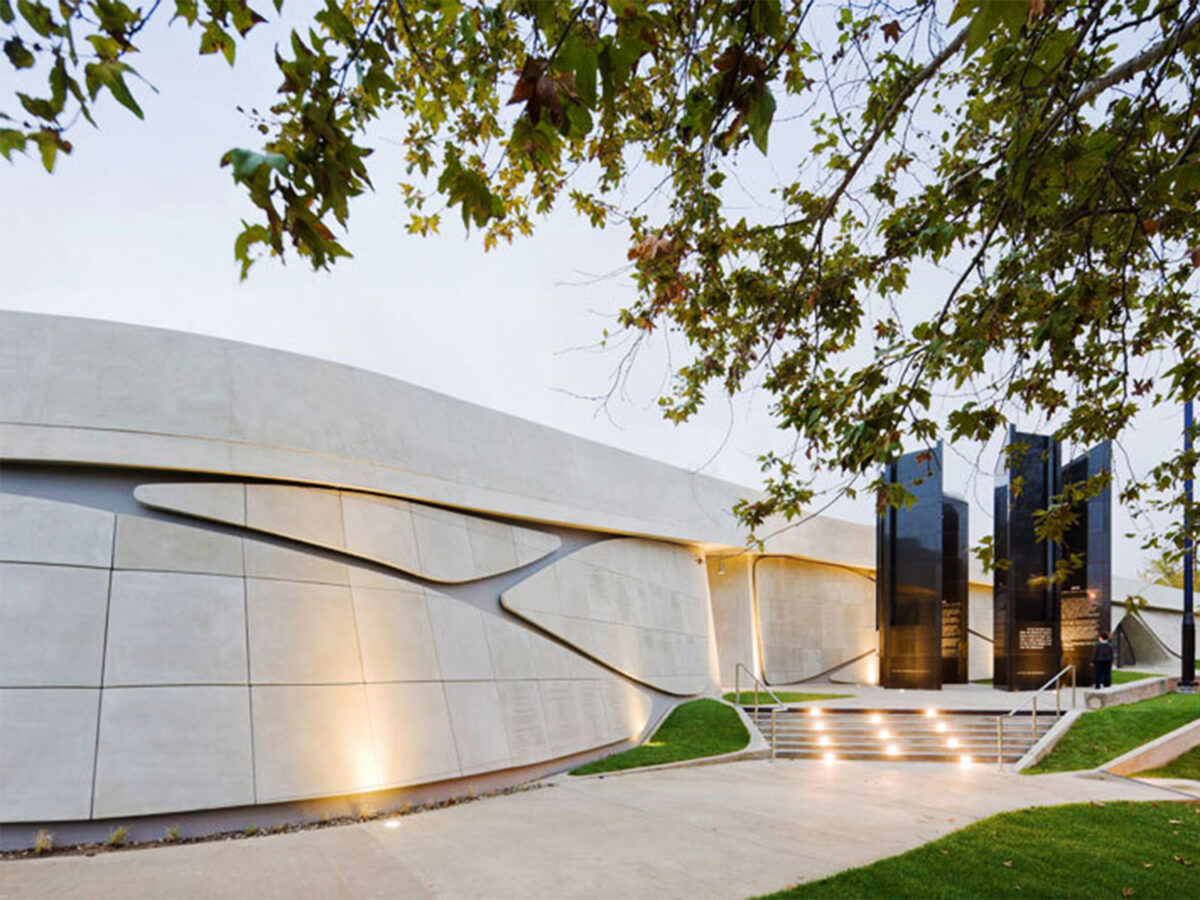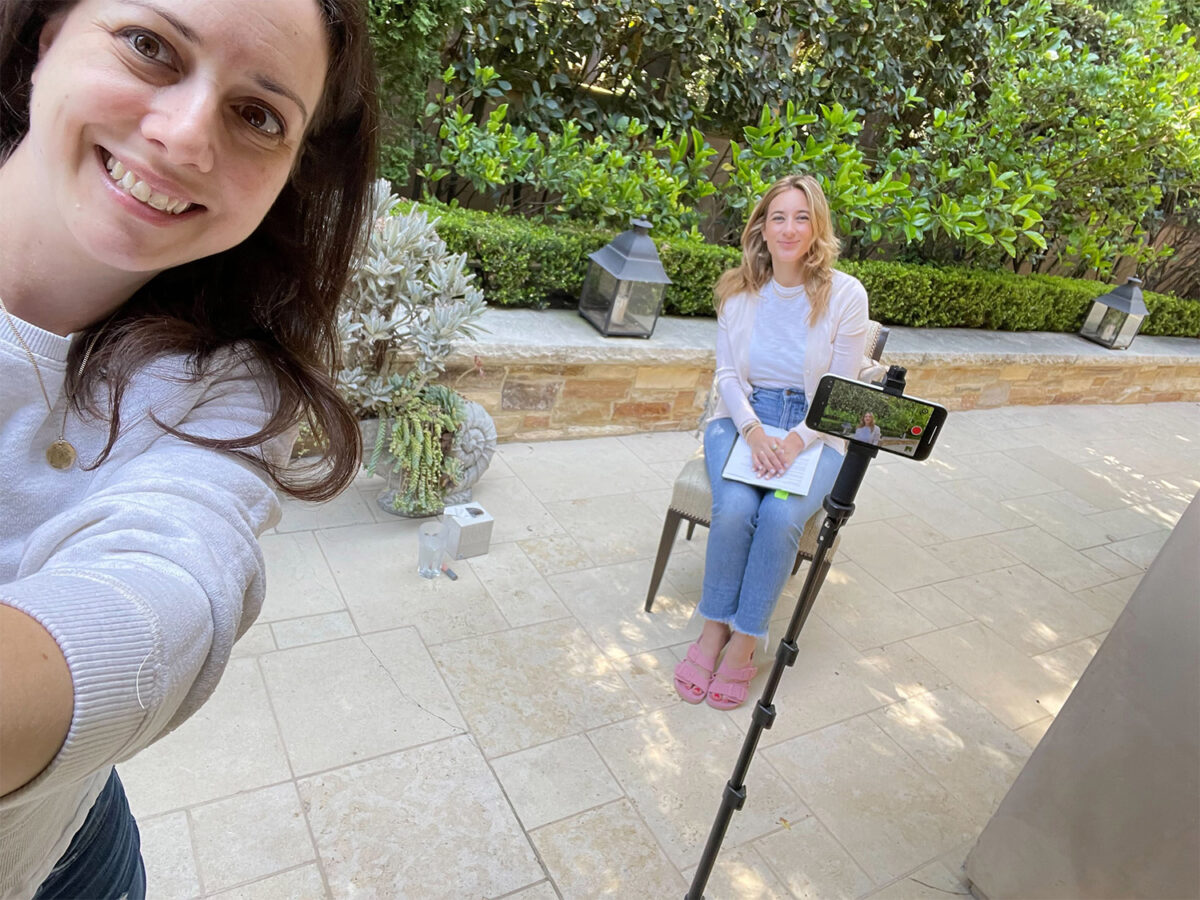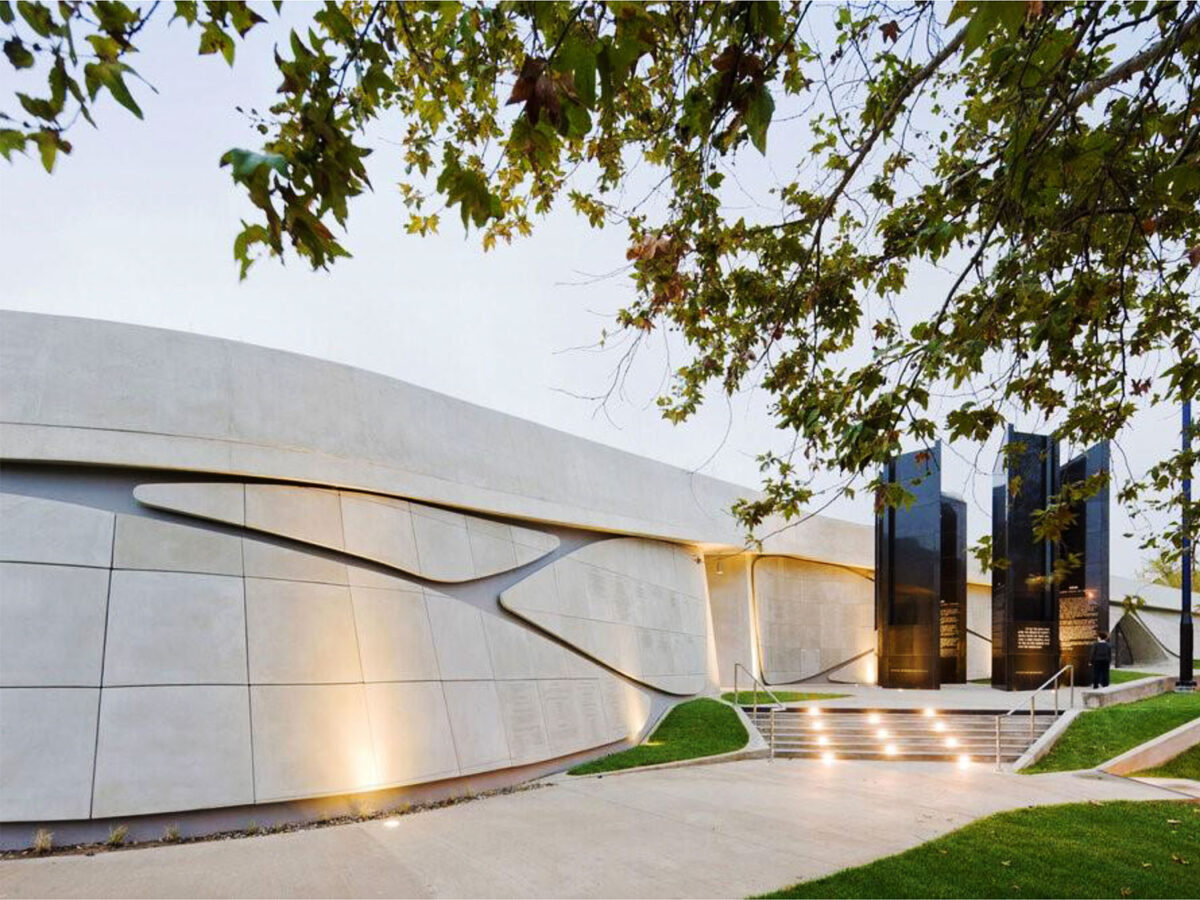As the grandson of Holocaust survivors and Hollywood actors, Omar Sharif Jr. believes his new role as the Chief Advancement Officer at the Holocaust Museum LA is a way to uphold his family legacy and pay tribute to his heritage. His paternal grandfather was the acclaimed late Egyptian actor Omar Sharif, known for his iconic roles in movies such as “Doctor Zhivago” and “Lawrence of Arabia.” Sharif’s maternal grandparents are Holocaust survivors from Poland.
The Canadian author, activist and actor currently co-stars in the Israeli television series “The Baker and the Beauty.” Prior to his new post at the oldest survivor-founded museum in the United States, Sharif was a leading fundraiser for the Academy Museum of Motion Pictures, seeing the museum through a $388 million capital campaign. The LGBTQ advocate also served as a national spokesperson at GLAAD and volunteers as an ambassador for the Elizabeth Taylor AIDS Foundation and The Human Rights Foundation.
“The whole mission and being a survivor founded museum is really based on storytelling,” Sharif told the Courier. “With me taking this role, there’s so much more we could do together with Hollywood to help share stories because at the end of the day, we’re in the same business of storytelling.”
In the role, Sharif will lead the development and communications strategy, and be part of the museum’s expansion project, helping them double their square footage from 28,000 square feet to 50,000 over the next two years.
“We’re living in some pretty crazy times,” he said. “Recorded incidents of hate crimes and hate speech are increasing across America and we’re seeing more and more antisemitic attacks right here in Los Angeles and Beverly Hills. So, it’s more than just an opportunity. It’s an obligation right now. It’s not a historic museum, it’s relevant – and we’re dealing with it in the present. Most importantly is, the only way to fight hate is with education, and the Holocaust Museum provides free education to students around California. And the museum is currently at critical capacity. Unless we expand, we’re going to have to start turning students away.”
The new building will accompany the current one on their campus in Pan Pacific Park near The Grove.
The expansion will include more classrooms, a theater that seats 200 people, a 2,500-square-foot gallery for temporary exhibitions, a pavilion with a railroad boxcar found near the Majdanek concentration camp in Poland and a “Dimensions in Testimony” theater where visitors can have a virtual conversation with a Holocaust survivor using holographic capture and voice recognition software.
The goal is to attract 500,000 visitors per year by 2030.
The current building is partially underground, with limited visibility to the public from the street.
For Sharif, the museum expansion project is “our big coming out.” “We’ve always been there, but now we’re finally going to be much more visible. That’s the way to confront hate, is to be there standing tall in front of it.”
He noted that the expansion campaign recently reached 80 percent of its funding goal, allowing them to break ground this fall. “We’re looking for more people to show around and get excited by the project to bring on board,” Sharif said. “We’re very fortunate to live in a city like Los Angeles, which is truly philanthropic.”







